Features > Property News & Insights > Market updates
Rents re-accelerate as negative gearing and CGT changes off the table
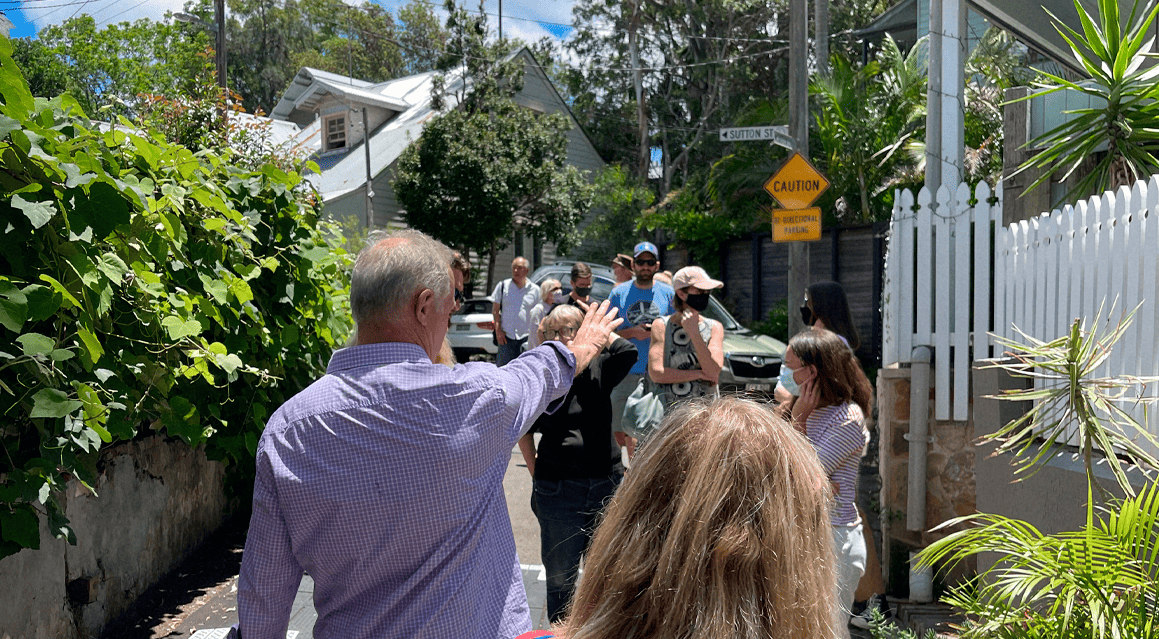
Image from Domain/Peter Rae
KEY POINTS
- Cotality data shows annual capital city rental growth rose to 3.0% in July 2025 (up from 2.7% in June), ending a 16-month slowdown
- Sydney and Brisbane led the rental surge, particularly in unit markets where vacancy rates remain near record lows
- Leaked Treasury advice ahead of the Productivity Summit makes no call to curb negative gearing or CGT discounts, signalling no changes to these tax breaks
In bad news for tenants, new data from Cotality shows the pace of annual rental growth across Australia’s capital cities has picked up for the first time in more than two years.
The data analytics firm says the development raises concerns about the implications for inflation in Australia, given that housing makes up a large portion of the measures that go into calculating the country’s official inflation measure.
Meanwhile, leaked advice from the Federal Treasury appears to confirm recent statements by the Prime Minister that tax breaks for landlords, such as negative gearing and the Capital Gains Tax discount, will remain in place.
The details
Cotality’s capital city rental value index rose 3.0% in the year to July 2025, up from 2.7% in June.
The company says the rise marks the end of a 16-month run of moderating or stable rental growth in Australia.
Cotality Economist Kaytlin Ezzy says the trend is significant, given the weighting rents have in the basket of goods and services used to calculate the Consumer Price Index (CPI) - Australia’s official inflation measure.
“The housing component makes up more than one-fifth of the CPI basket, with rents alone accounting for 6.6%,” Ms Ezzy says.
The latest quarterly CPI data from the Australian Bureau of Statistics showed that rents-paid rose 4.5% over the year to June, down from the 7.8% rise seen over the year to March 2024.
“While this easing of growth reflects an overall moderation in rental demand — amid normalising net overseas migration and an uptick in average household size — the ABS noted that the annual growth in rents-paid would have been higher had it not been for changes in Commonwealth Rent Assistance, reducing the amount payable for eligible tenants,” Ms Ezzy says.
“Given the strong, albeit lagged, correlation between the CPI’s rents-paid and changes in the Cotality rental value index, the recent uplift is a trend to watch.”
Adding to Cotality’s concerns for housing inflation is a small uptick in construction costs, with the annual change in Cotality’s Cordell Construction Cost Index rising 2.9% over the year to June 2025, up from 2.6% over the 12 months to June 2024.
“While still well below the pre-Covid decade average of 4.0%, this re-acceleration mirrors the recent quarterly increases in the ‘new dwellings’ component of the CPI basket — the only subcomponent with a larger weighting than rents (7.6%),” Cotality Economist Kaytlin Ezzy says.
“With both rents and construction costs indicators trending higher, we could see housing inflation rise in the coming months, which, if it feeds back into the inflation outlook, could lower the chance of future (interest) rate cuts.”
Sydney and Brisbane lead rental growth
Cotality says Sydney and Brisbane led the re-acceleration in capital city rental growth.
In Sydney, the annual change in dwelling rents has risen from a recent low of 1.8% over the year to May to 2.4% over the 12 months to July 2025, while Brisbane’s 12-month rental trend has risen 1.4 percentage points from February lows of 3.2% to 4.6%.
“In particular, these cities' unit markets have driven this uptick, with the pace of rental growth in Brisbane and Sydney’s medium and high-density sectors up 2.3 and 1.1 percentage points respectively from recent lows,” Ms Ezzy says.
The economist says these shifts highlight underlying rental market tightness with vacancy rates holding near historic lows across these capital’s unit sectors.
When you drill down into the areas of cities where rent growth is re-accelerating, Brisbane and Sydney again dominate.
The Carindale area in Brisbane saw the largest uptick, up 3.1%, with the annual trend rising from 1.3% in June to 4.5% in July 2025.
Sydney’s Botany followed, with a 3.0% uptick, taking the annual trend from -1.1% over the year to June, to a 1.9% increase over the 12 months to July.
Bayside in Melbourne’s Inner-South was the only area outside of Sydney and Melbourne to make the top ten list, with annual rental growth rising 1.9% over the month to 2.8%.
“Despite the strong uptick in some regions, Melbourne, as a whole, is yet to see an uptick in the pace of rental growth, with annual increases holding steady at 1.1% over the year to July,” Ms Ezzy says.
Treasury leak
Meanwhile, changes to tax breaks for property investors appear to be off the Albanese government’s agenda.
Leaked advice from the Federal Treasury prepared for the government ahead of the upcoming Productivity Summit in Canberra lists a suite of proposed measures to speed up housing delivery.
The summit will bring business, unions, the social sector and economists together with the Treasurer and the Prime Minister to look at ways of tackling Australia’s flagging economic productivity.
The document, seen by the ABC, tends to suggest that when it comes to housing, the government wants to focus on cutting red tape and speeding up approvals by reforming environmental laws.
ABC Federal politics reporter Isobel Roe says the “pre-written list, prepared for cabinet...shows advice from Treasury to pause changes to the National Construction Code, similar to a proposal by former opposition leader Peter Dutton that was panned by Labor at the federal election.”
“It also recommends measures to speed up housing approvals, including a national artificial intelligence plan to cut environmental red tape, and reforms to clear a backlog of 30,000 housing approvals currently being assessed under the Environment Protection and Biodiversity (EPBC) Act.”
Significantly, Ms Roe points out the Treasury document seen by the ABC does NOT make any recommendation to wind back negative gearing rules or Capital Gains Tax benefits for landlords.
While Isobel Roe says these are “politically prickly issues that union groups have urged be put back on the agenda,” she notes that “the government has previously indicated it has no plan to change either.”
The fact that Treasury advice prepared for the Federal Cabinet does not mention negative gearing or the CGT discount is a pretty good indication that Labor still believes raising the prospect of changes to these tax breaks is political poison.
It also seems to confirm that the sharpest economic minds in the land don’t believe winding back these incentives for property investors would generate more housing supply or necessarily allow more Australians to become homeowners.
Stay Up to Date
with the Latest Australian Property News, Insights & Education.




.png?width=292&height=292&name=Copy%20Link%20(1).png)
 SIGN UP FOR FREE NEWSLETTER
SIGN UP FOR FREE NEWSLETTER
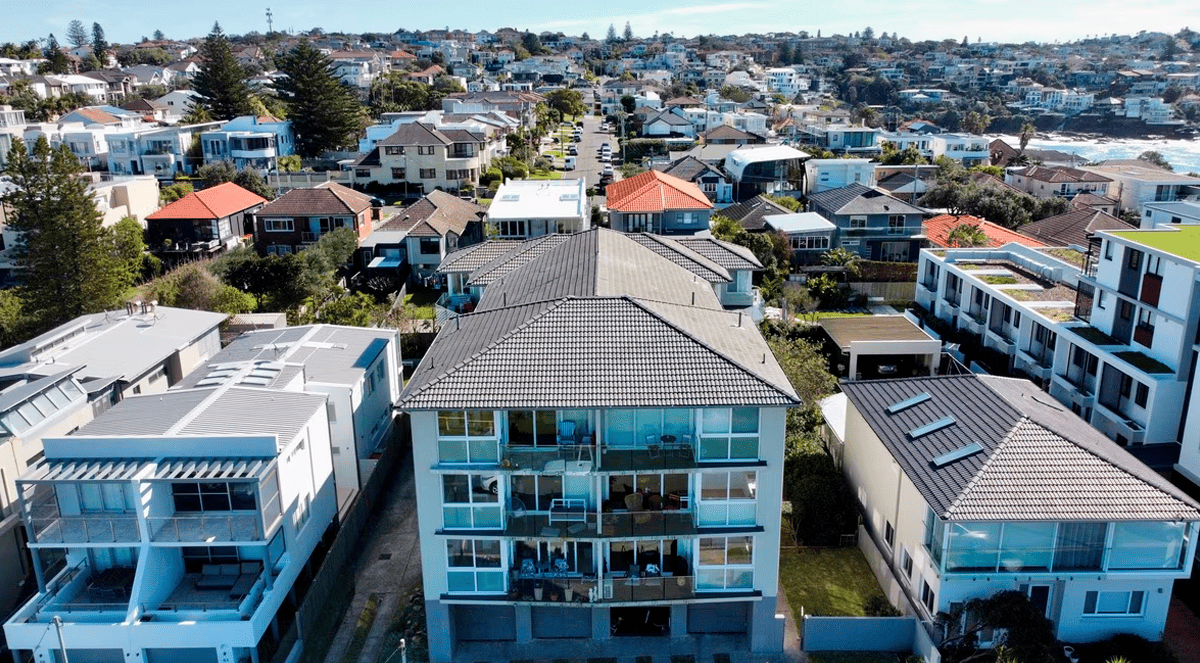
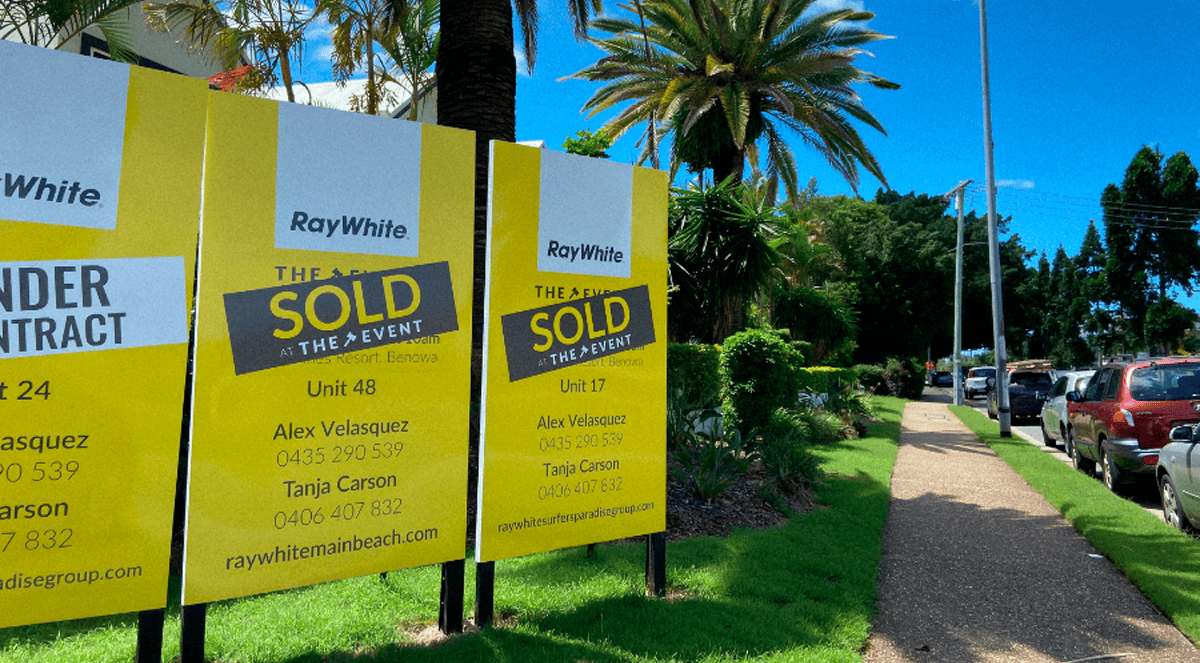
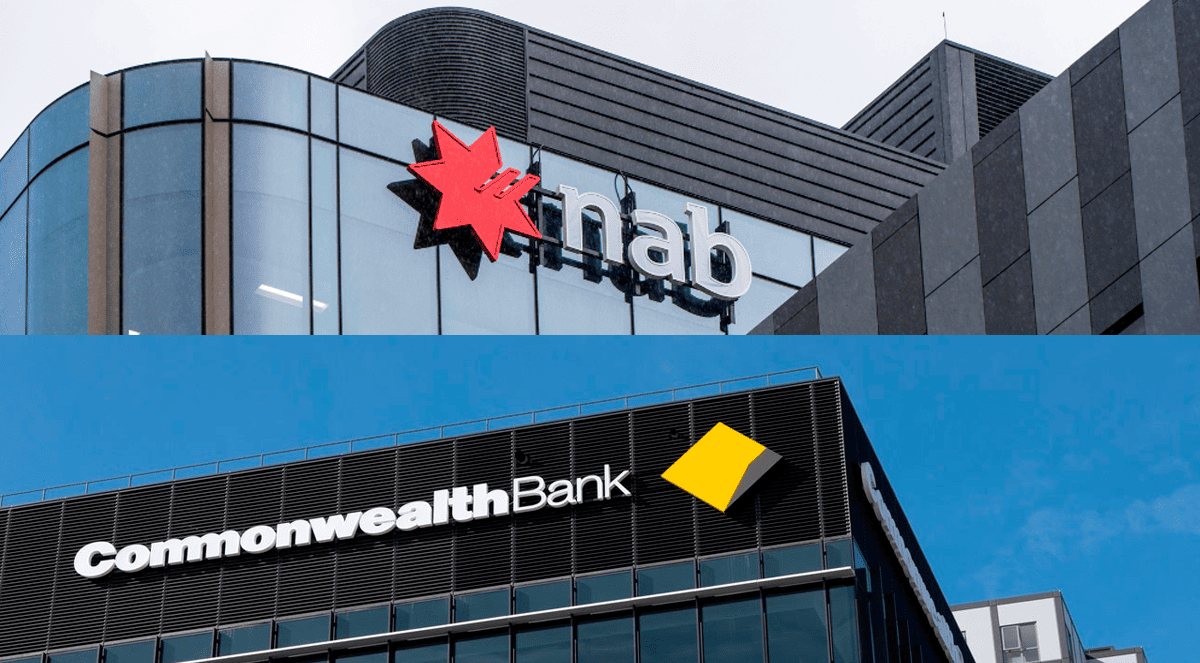

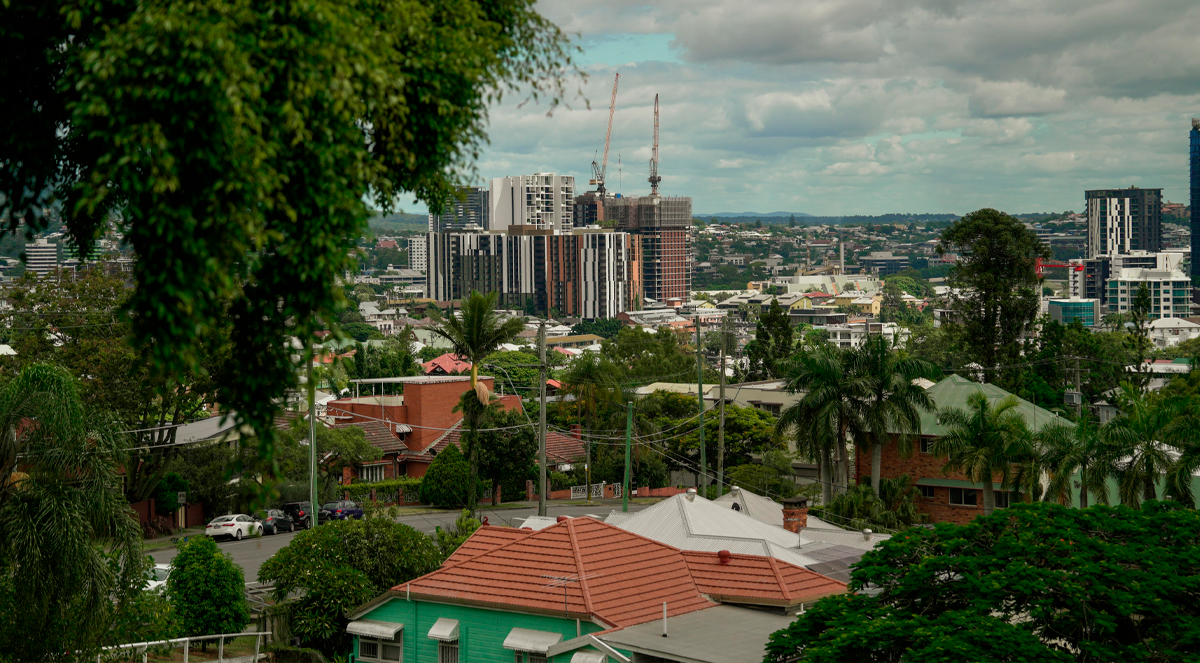
.jpg?width=1920&height=1080&name=Warning%2c%20You%20Might%20Be%20Facing%20Higher%20Taxes%20Soon%20(1).jpg)





.png?width=1920&height=1080&name=Rate%20Drops%20Signal%20BIGGEST%20Property%20Boom%20in%20DECADES%20(1).png)

.jpg?width=1920&height=1080&name=Labor%20vs%20Liberal%20These%20Housing%20Policies%20Could%20Change%20the%20Property%20Market%20Forever%20(1).jpg)
.jpg?width=1920&height=1080&name=QLD%20Slashes%20Stamp%20Duty%20Big%20News%20for%20Investors%20%26%20Home%20Buyers%20(1).jpg)
.jpg?width=1920&height=1080&name=Trump%20Just%20Slapped%20Tariffs%20%E2%80%93%20Here%E2%80%99s%20What%20It%20Means%20for%20Australia%20(1).jpg)
.jpg?width=1920&height=1080&name=Federal%20Budget%202025%20More%20Debt%2c%20No%20Housing%20%E2%80%93%20Here%E2%80%99s%20What%20You%20Need%20to%20Know%20(1).jpg)
.jpg?width=1920&height=1080&name=Australias%20Housing%20Crisis%20is%20about%20to%20get%20MUCH%20Worse%20(New%20Data%20Warns).jpg)
%20(1).jpg?width=1920&height=1080&name=Australias%20RENTAL%20CRISIS%20Hits%20ROCK%20BOTTOM!%20(2025%20Update)%20(1).jpg)
%20(1).png?width=1920&height=1080&name=Is%20Adelaide%20Still%20a%20Good%20Property%20Investment%20(2025%20UPDATE)%20(1).png)
.jpg?width=1920&height=1080&name=RBA%20Shocks%20with%20Rate%20Cuts!%20What%E2%80%99s%20Next%20for%20Property%20Investors%20(1).jpg)
%20(1).jpg?width=1920&height=1080&name=I%20Predict%20The%20Feb%20Rate%20Cut%20(My%20Price%20Growth%20Prediction)%20(1).jpg)
.png?width=1920&height=1080&name=Why%20Property%20Prices%20Will%20Rise%20in%202025%20Market%20Predictions%20(1).png)
.jpg?width=1920&height=1080&name=Why%20Investors%20Are%20Choosing%20Apartments%20Over%20Houses%202%20(1).jpg)
.jpg?width=1920&height=1080&name=Why%20Rate%20Cuts%20Will%20Trigger%20A%20Property%20Boom%20(1).jpg)
.jpg?width=1920&height=1080&name=Retire%20On%202Million%20With%20One%20Property%20(Using%20SMSF).jpg)
.jpg?width=1920&height=1080&name=4%20Reasons%20Why%20You%20Should%20Invest%20in%20Melbourne%20Now%20(1).jpg)
%20(1).jpg?width=1920&height=1080&name=Old%20Property%20vs%20New%20Property%20(Facts%20and%20Figures%20Revealed)%20(1).jpg)
%20(1).jpg?width=1920&height=1080&name=Will%20The%20New%20QLD%20Govt%20Create%20a%20Property%20Boom%20or%20Bust%20(My%20Prediction)%20(1).jpg)
%20Scott%20Kuru%20(1).jpg?width=1920&height=1080&name=Inflation%20Hits%20Three-Year%20Low%20(Will%20RBA%20Cut%20Rates%20Soon)%20Scott%20Kuru%20(1).jpg)
.jpg?width=1920&height=1080&name=How%20to%20Buy%20Investment%20Property%20Through%20SMSF_%20The%20Ultimate%20Guide%20(1).jpg)
.jpg?width=1920&height=1080&name=Victoria%20Slashes%20Stamp%20Duty%20Melbourne%20Set%20to%20Boom%20Scott%20Kuru%20(1).jpg)
.png?width=1571&height=861&name=Are%20Foreign%20Buyers%20Really%20Driving%20Up%20Australian%20Property%20Prices%20(1).png)
.jpg?width=1920&height=1080&name=The%20Single%20Factor%20That%20Predicts%20Property%20Growth%20Regions%20(1).jpg)
%20Scott%20Kuru%20(1).jpg?width=1920&height=1080&name=My%20Prediction%20On%20Rates%20%26%20Negative%20Gearing%20(Market%20Crash)%20Scott%20Kuru%20(1).jpg)

-1.png?width=1920&height=1080&name=Major%20Banks%20Cut%20Rates%20Will%20RBA%20Follow%20Suit%20(Sept%20Rate%20Update)-1.png)
%20Scott%20Kuru-1.png?width=1920&height=1080&name=Rate%20Cut%20Coming%20What%20New%20Zealands%20Move%20Means%20for%20Australia%20(Sept%20Prediction)%20Scott%20Kuru-1.png)
%20(1).jpg?width=1920&height=1080&name=Buy%20when%20the%20interest%20rates%20are%20high!%20(Why%20you%20must%20buy%20now!)%20(1).jpg)
.jpg?width=1920&height=1080&name=Carms_Revised%20Taxes%20Due%20Aug%209%20YT%20Thumbnail02%20(1).jpg)
.jpg?width=1920&height=1080&name=Carms_Too%20Little%20Too%20Late%20Aug%207%20YT%20Thumbnail01%20(1).jpg)









.jpg?width=1920&height=1080&name=Carms_Rate%20Drop%20In%20July%20Jun%2010%20YT%20Thumbnail02%20(1).jpg)
.jpg?width=1920&height=1080&name=Carms_Own%20a%20Property%20V6%20Jun%205_YT%20Thumbnail%20(1).jpg)









.png?width=1920&height=1080&name=Artboard%201%20(3).png)






.jpg?width=1920&height=1080&name=YT%20thumbnail%20%20(1).jpg)

